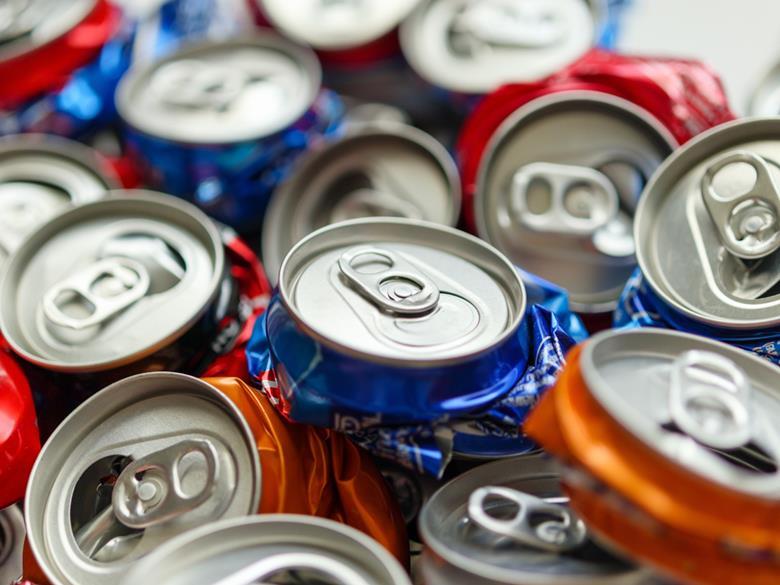Brazil recently became the first country in the world to achieve a 100% recycling rate for aluminum cans, according to reports. How was this landmark achieved, and how can this success be replicated in Europe? Cátilo Cândido, executive president of Abralatas (the Brazilian Association of Aluminum Can Manufacturers), tells us more.
Our recycling model is mature, very well structured and with sufficient capillarity to access and process all UBC´s discarded in Brazil. The can has been growing in consumer preference, with different formats and sizes, and conquering more and more space in the houses in Brazil.
In 2022, we recorded a flow of cans for recycling greater than the volume we sell. It is an unprecedented situation, the result of inventory adjustments throughout the production chain, but which once again confirmed that we are able to absorb and recycle the entire volume of cans consumed in the country, which resulted in the unprecedented rate of 100% recycling of cans.
What’s next for your industry now that this landmark has been achieved? What will your focus be on?
We will be focused on maintaining this index and increase the recycled content, modernizing ourselves, improving the quality of life for waste pickers, and encouraging the growth of the circular economy.
What role have waste pickers – or catadores – played in making this landmark achievement possible? How does this differ from the recycling/waste collection processes in EU countries, for example?
Catadores are essential to the entire recycling cycle. We say that they are the specialists in this field, because they are the ones who collect and correctly store the aluminum cans before sending them to the factories. They are fundamental pieces in the whole process.
The recycling procedure is similar all over the world, but in Brazil, one of the factors responsible for this success is the profitability of aluminum since the material has great commercial value. Therefore, it serves as a source of income for thousands of Brazilians, who resell the cans so that the aluminum-producing companies themselves can create new products at lower costs.
Another major factor that contributes to the high rate of aluminum recycling in our country is its life cycle. In 60 or less days, a can be bought, used, collected, recycled and sold again.
Our reverse logistics or recycling system is well structured and the can sector in Brazil takes this issue as a priority. The public and formal commitments that we already assumed, such as buying all the scrap available in the national market, the installed capacity of being able to recycle all the amount that we put up for sale and the fact that we started this Brazilian Recycling Program in 1991, are characteristics that differentiate us from these other locations. Our sector has always invested and continues to work our permanently to improve this recycling model, which makes it possible to maintain such high rates over time.
How would you respond to safety and welfare issues within the waste picker community – and what measures can regulators and industry implement to improve the conditions they work and live in?
We are constantly working in this direction. The profession of waste picker is regulated by our Ministry of Labor, with its own laws and regulations. The sector has strict safety standards and we are constantly advising the entire community of waste pickers regarding safety.
In your view, would it be possible for European countries to replicate the 100% recycling rate? How would you suggest they go about it?
It is certainly possible. For this, it is necessary to encourage the population and invest in the entire segment, from consumers to companies. It is necessary to have actions to encourage recycling, in addition to educating the population regarding waste separation.
Additionally, in developed regions, like European countries, EPR and DRS seem to be essential tools to drive higher recycling rates. There are several factors that led us to such a high level, which can be replicated in other places.
Few countries manage to maintain such high rates, but none with the extension and size of the Brazilian market. We are the 3rd largest consumer of cans on the planet. More than 31 billion units were sold in 2022. But we hope that we will have many other countries to accompany us on this sustainable path that generates benefits for the environment, the economy, and the entire population.
Source:

Leave a Reply